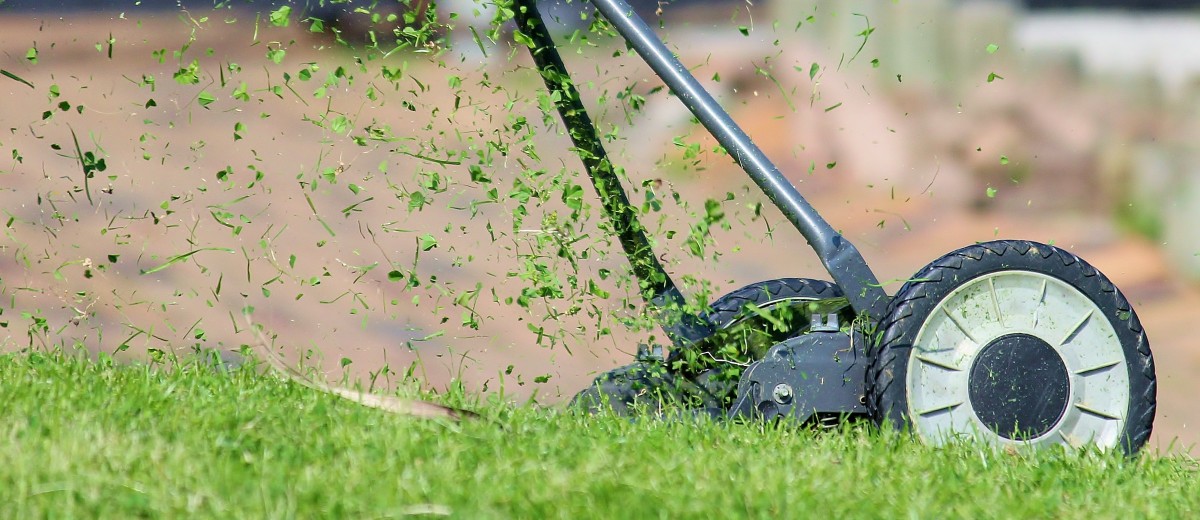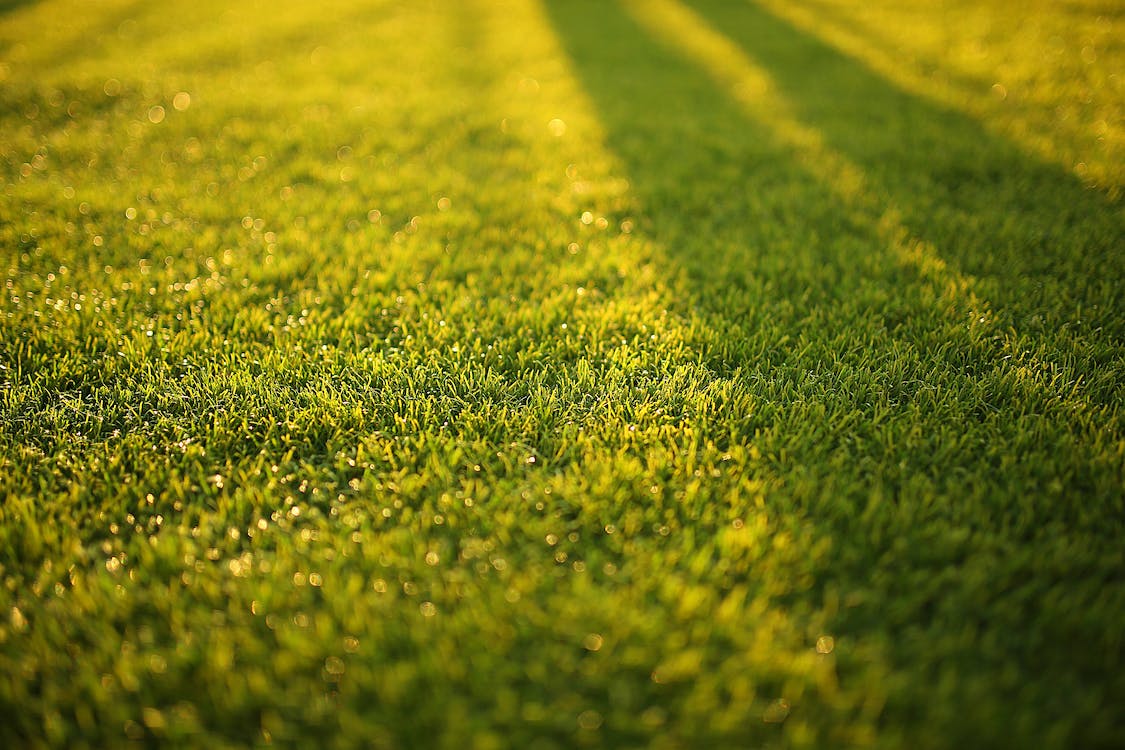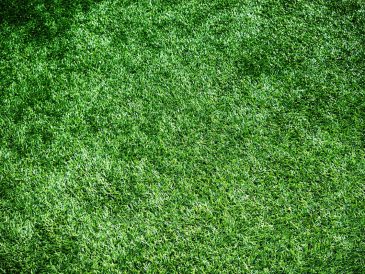4 Steps to Maintain Your Lawn
Summary
Step 1: Chemically treat your lawn
Step 2: Control insects and their larvae
Step 3: Controlling Fungus
Step 4: Maintain Your Lawn
Insects or diseases can attack your lawn as many insects can find a home on your lawn. Some attack the roots, others prefer the leaves. Beetle larvae, wireworms, red ants, sod webworms…
The diseases that threaten your lawn:
- Mildew (or coin spots): the cause is often acidic, poorly drained, over-watered soil.
- The red thread is responsible for the red strands between the grass stems.
- Fungi cause witches’ circles.
- Rust, red-orange pustules…
But, there are many others, and identifying them is not always easy. In case of doubt, ask for the help of a specialist.
Here are all the solutions to treat your lawn against diseases and pests.
Step 1: Chemically treat your lawn
Application of the treatment
Select the product according to the type of problem identified.
Before applying the product:
Mow your lawn.
Carefully read the instructions that come with the product.
Please wait until your lawn is dry; ideally, it should remain dry for 8 hours after treatment.
Apply the treatment to the affected areas:
Dilute the product as recommended:
If it is liquid, the dose is expressed in litres per water.
The dose is expressed in grams per litre of water if it is solid.
Spread the product:
- either with a watering can be equipped with a watering boom;
- or by using a garden sprayer.
Tip: proceed when there is no wind.
Warnings
These products are toxic: equip yourself accordingly, with gloves and a mask in case of spraying.
Opt for this solution as a last resort for an essential and long-lasting invasion.
Please do not abuse it! For your health and the environment, always prefer fewer chemical solutions when they exist, even if they are not as radical.
Step 2: Fight against insects and their larvae

Here are 3 examples of pests frequently encountered in residential lawns. The proposed solutions allow you to avoid the use of insecticides.
White grubs
Symptom: yellowing of the lawn.
Preventive treatment: apply potassium in the fall and aerate the soil.
Curative treatments:
Spread diatomaceous earth, a natural insecticide made of silica membranes from microscopic algae, on your lawn at a rate of 10 kg/100 m².
Otherwise, spray with a mixture of water and pyrethrum powder, a herbaceous plant containing a natural insecticide.
Case of the meadow moth
Symptom: yellow patches appear at the beginning of summer, and the caterpillars of white butterflies eat the grass stems.
Preventive treatment: aerate the lawn.
Curative treatments:
Treat with soapy water at a rate of 25 ml of pure liquid soap in 4 litres of water once a week for several weeks.
Treat with Bacillus Thuringiensis at a rate of 10 g/10 L of water.
Use garlic bulbs mixed at 100 g/10 L of water as a decoction.
Spread wood ash or lime to smother caterpillars.
Case of the stink bug
Symptom: yellow spots appear, and the bug sucks the sap from the grasses; when crushed, they emit a strong odour, easily identifiable!
Preventive treatment: remove thatch from the lawn, practice regular aeration, and limit fertilizer input.
Curative treatments:
Spray soapy water on your lawn every day for 2 weeks.
Pour a mixture of water, ash, and lime on your lawn.
Special case: earthworms
Do not fight the earthworm because it is not an enemy:
It contributes to the aeration of your lawn by digging its small galleries.
Eliminating them does not guarantee that the moles will stay away; they will only multiply their molehills to find their food.
And then, are their dirt wiggles annoying?
Step 3: Control fungi
Microscopic fungi can attack your lawn and cause cryptogamic diseases: the grass discolours and dries out.
Even if some curative or systemic products are practical, simple and non-threatening actions will help you fight these fungi:
Excessive humidity is often responsible for the proliferation of fungus: make sure not to overwater your lawn.
Good fertilization can overcome these diseases.
Clean your tools after use, and the ideal is to disinfect them by cleaning them with a cloth soaked in rubbing alcohol.
Collect the grass and burn it, or take advantage of your city’s green waste collection.
Warning: before burning your grass clippings, check with your city hall to ensure that no ordinance prohibits this practice in your city!
Step 4: Maintain your lawn
A healthy and well-maintained lawn fights the development of parasites. Mowing, watering, weeding, fertilizing, dethatching, coring, all these interventions contribute to its good balance.
Equipment needed to treat the lawn.
– Watering boom
– Rake
– Pressure washer
– Thick protective gloves
– Protective mask
– Burning alcohol
– Watering can with head
– A piece of cloth






1 Comment
[…] – 4 Steps to Maintain Your Lawn; […]